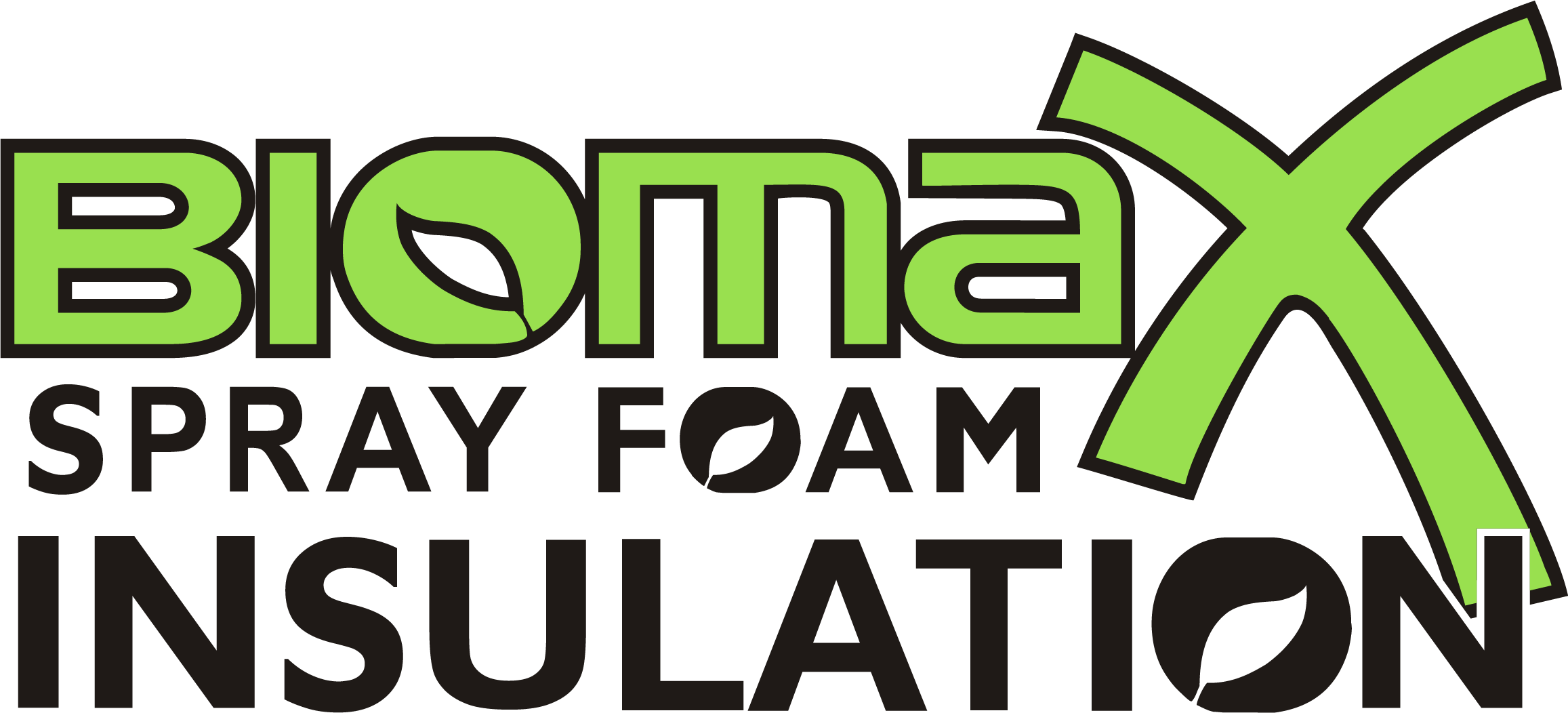Biomax Spray Foam Insulation in East Texas
Biomax Spray Foam Insulation’s main office is located in Tyler, TX. We have got our start in servicing spray foam insulation to those in Tyler and the surrounding areas, including: Texarkana, Longview, Marshall, and even West Louisiana.

East Texas is known for its humidity. And humidity means mold which can affect your property.
Recent reports of mold remediation projects shutting down schools or office buildings have raised awareness regarding the potential hazards of interior mold contamination. While scientists still have much to learn regarding the danger molds may present, some basic knowledge about interior mold prevention and remediation has been established. There are also an increasing number of resources available for additional information on the topic.
Molds are one category of non-green plant-like organisms (along with mildew, mushrooms, rusts, smuts and yeast) that fall within the fungus family. All fungal matter shares the common characteristic of being capable of growth without sunlight. Because of this, molds can be found almost anywhere and can grow on almost anything as long as moisture and oxygen are present.
Many types of molds exist. According to the Environmental Protection Agency’s (EPA’s) “Mold Remediation in School’s and Commercial Buildings ” resource, “All molds have the potential to cause health effects. Molds can produce allergens that can trigger allergic reactions or even asthma attacks in people allergic to mold. Others are known to produce potent toxins and/or irritants.”
Currently, there are no Threshold Limit Values (TLVs) assigned for airborne concentrations of mold or mold spores. There also are no EPA or Occupational Safety Health and Administration (OSHA) regulations or standards for airborne mold contaminants. OSHA does reference a sampling protocol for fungi (PathCon Technical Bulletin 2.4, A Suggested Air Sampling Strategy for Microorgamisms in Office Settings) under the Indoor Air Quality heading on its Web site. The protocol states, “Fungal amplification (excessive levels of mold) should be considered when the indoor concentration is above 200 colony forming units per cubic meter of air and substantially exceeds that detected in the outdoor air.”
There is not a feasible way to eliminate all mold and mold spores indoors, so the most effective way to control indoor mold growth is to control moisture. Mold growth frequently occurs when excessive moisture or water accumulates indoors. In buildings where mold is a problem, the mold must be remediated and the sources of moisture eliminated. This is where Spray Polyurethane Foam be used very effectively. Used as a primary source of insulation, it seals the cracks, gaps and holes in the building’s structure and sheathing to create a tight space by reducing air and moisture flow from infiltration and exfiltration.
It is important to dry water-damaged areas and items within 24-48 hours to prevent mold growth from starting. Water-damaged porous or absorbent materials-such as ceiling tiles, wallboard or cellulose and fiberglass insulation-should be discarded and replaced. Discard nonvaluable books and papers and be sure to photocopy important paperwork before discarding the originals. Use a water extraction vacuum to remove water from carpeting. Then use dehumidifiers and fans to accelerate the drying process. Carpet that becomes moldy usually must be replaced. Nonporous surfaces can be vacuumed or wiped with mild detergent and allowed to dry completely.
Contact Biomax Spray Foam Insulation for proper insulation and to prevent these common issues from affecting your home.
Biomax Spray Foam Insulation in East Texas
Biomax Spray Foam Insulation’s main office is located in Tyler, TX. We have got our start in servicing spray foam insulation to those in Tyler and the surrounding areas, including: Texarkana, Longview, Marshall, and even West Louisiana.
East Texas is known for its humidity. And humidity means mold which can affect your property.
Recent reports of mold remediation projects shutting down schools or office buildings have raised awareness regarding the potential hazards of interior mold contamination. While scientists still have much to learn regarding the danger molds may present, some basic knowledge about interior mold prevention and remediation has been established. There are also an increasing number of resources available for additional information on the topic.
Molds are one category of non-green plant-like organisms (along with mildew, mushrooms, rusts, smuts and yeast) that fall within the fungus family. All fungal matter shares the common characteristic of being capable of growth without sunlight. Because of this, molds can be found almost anywhere and can grow on almost anything as long as moisture and oxygen are present.
Many types of molds exist. According to the Environmental Protection Agency’s (EPA’s) “Mold Remediation in School’s and Commercial Buildings ” resource, “All molds have the potential to cause health effects. Molds can produce allergens that can trigger allergic reactions or even asthma attacks in people allergic to mold. Others are known to produce potent toxins and/or irritants.”
Currently, there are no Threshold Limit Values (TLVs) assigned for airborne concentrations of mold or mold spores. There also are no EPA or Occupational Safety Health and Administration (OSHA) regulations or standards for airborne mold contaminants. OSHA does reference a sampling protocol for fungi (PathCon Technical Bulletin 2.4, A Suggested Air Sampling Strategy for Microorgamisms in Office Settings) under the Indoor Air Quality heading on its Web site. The protocol states, “Fungal amplification (excessive levels of mold) should be considered when the indoor concentration is above 200 colony forming units per cubic meter of air and substantially exceeds that detected in the outdoor air.”
There is not a feasible way to eliminate all mold and mold spores indoors, so the most effective way to control indoor mold growth is to control moisture. Mold growth frequently occurs when excessive moisture or water accumulates indoors. In buildings where mold is a problem, the mold must be remediated and the sources of moisture eliminated. This is where Spray Polyurethane Foam be used very effectively. Used as a primary source of insulation, it seals the cracks, gaps and holes in the building’s structure and sheathing to create a tight space by reducing air and moisture flow from infiltration and exfiltration.
It is important to dry water-damaged areas and items within 24-48 hours to prevent mold growth from starting. Water-damaged porous or absorbent materials-such as ceiling tiles, wallboard or cellulose and fiberglass insulation-should be discarded and replaced. Discard nonvaluable books and papers and be sure to photocopy important paperwork before discarding the originals. Use a water extraction vacuum to remove water from carpeting. Then use dehumidifiers and fans to accelerate the drying process. Carpet that becomes moldy usually must be replaced. Nonporous surfaces can be vacuumed or wiped with mild detergent and allowed to dry completely.
Contact Biomax Spray Foam Insulation for proper insulation and to prevent these common issues from affecting your home.
Message Us
